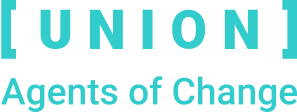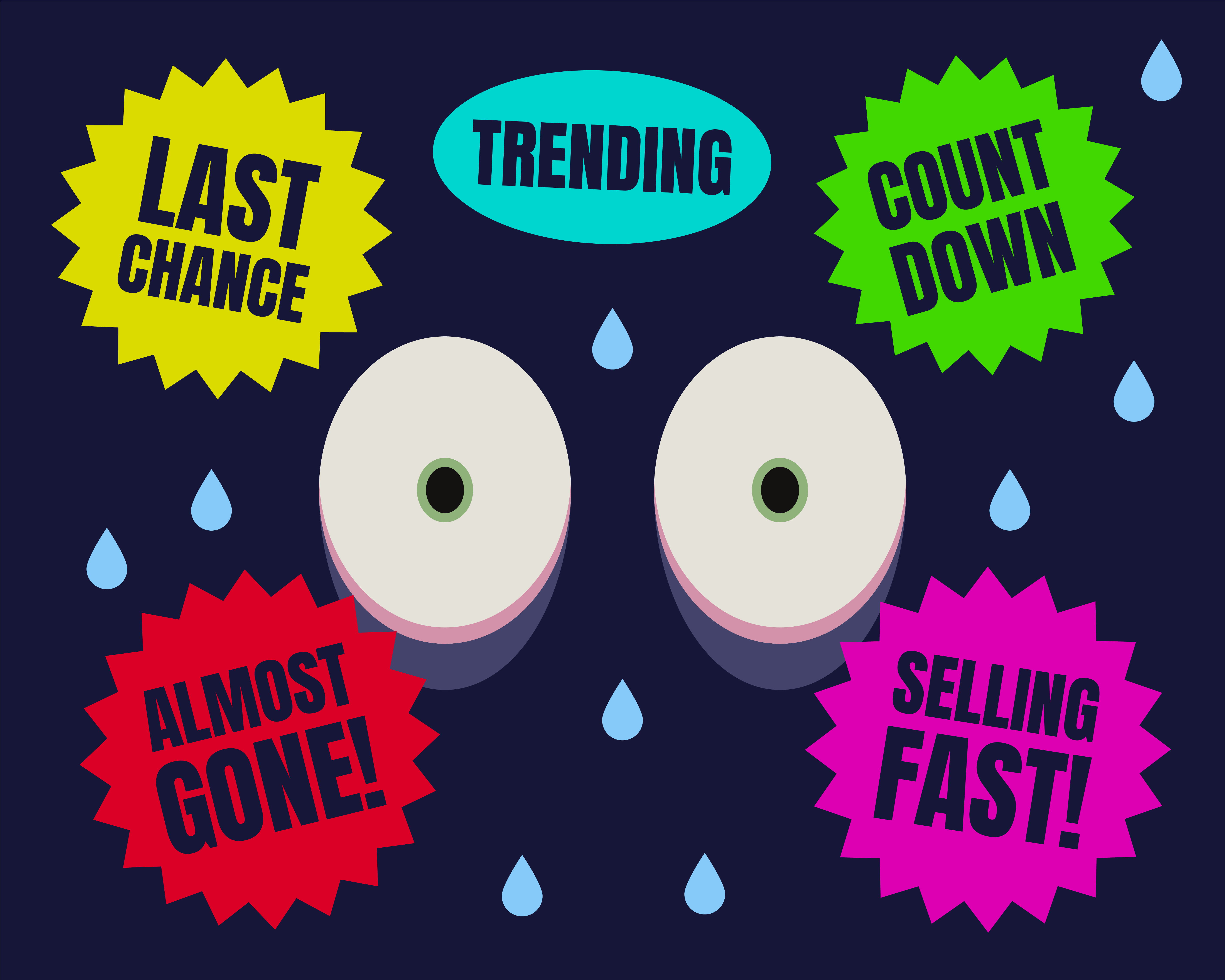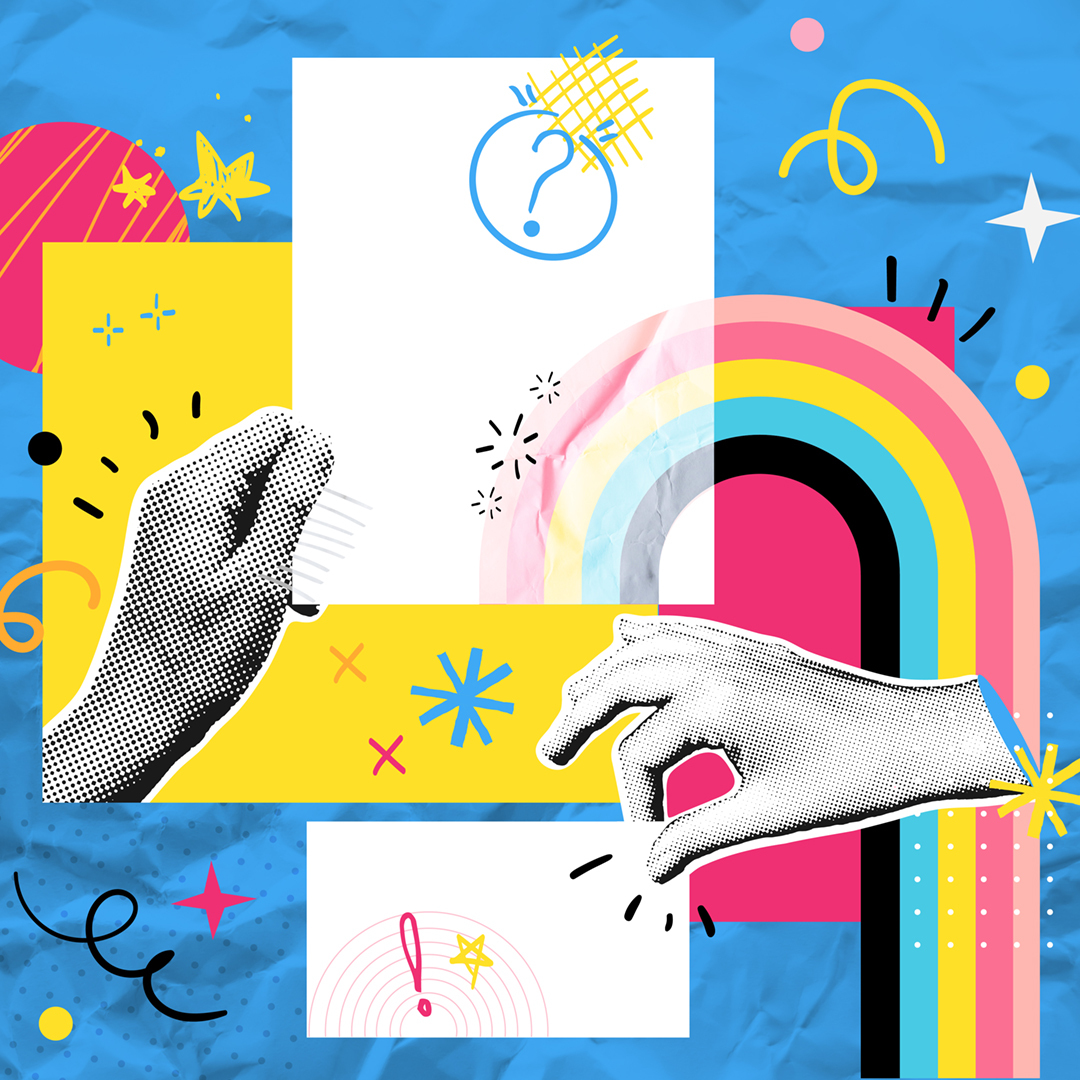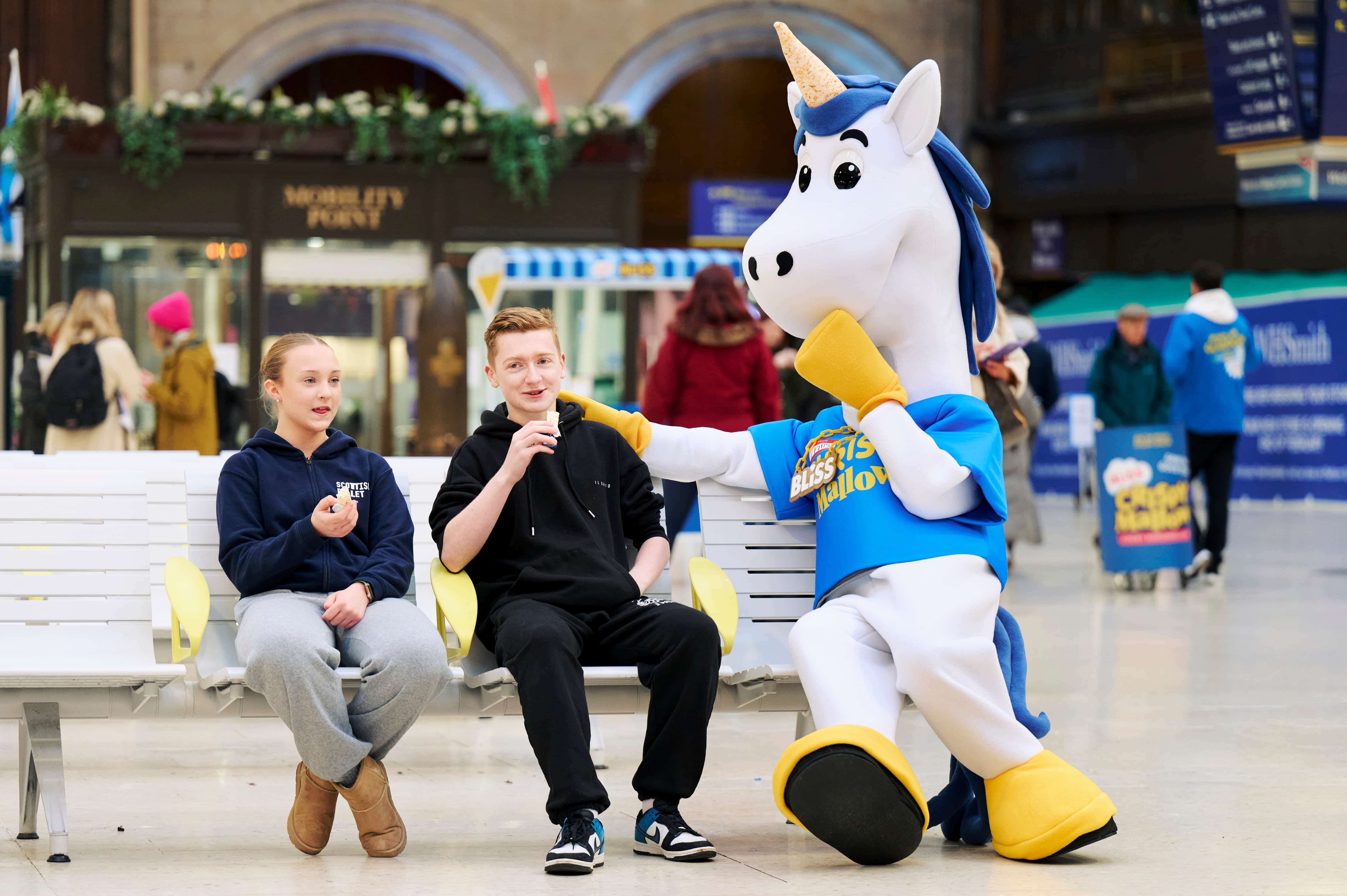To show up for their customers, particularly those in the LQBTQIA+ community, it’s important that brands learn from the pitfalls and the successes of examples out there in the world right now.
I want to pull the threads of two Pride 2024 campaigns and consider the statements and statistics from the businesses featured to shed more light on their internal initiatives, and reveal the latest knock-on effect they have on other brand decisions.
Tailgating rainbows
First let’s explore the repercussions of tailgating Pride campaigns, with a spotlight on the BMW group’s attempt to recognise the LGBTQIA+ community worldwide.
They decided to change their logo to feature rainbow colours across all international communications for the month of June. However, they were quickly confronted with online backlash from people noticing that Middle Eastern communications and franchises did not have the new colourful logo.

In response, BMW stated, “It is at the discretion of our sales companies and independent distributors to decide if they wish to join centrally initiated communication and marketing campaigns or not” (Source: CBS).
This public reaction and the response from BMW that suggests inconsistencies in their brand values regionally, dents the reputation of the brand overall, undermining their true allyship and eroding brand trust. Their new colourful logo has now become a hallmark example of rainbow-washing and inauthentic allyship.
In Saudi Arabia homosexuality is still very much illegal. Do BMW not want to stand by their pride for Pride in the places where many marginalised people face the greatest challenges? It begs the question, and perhaps a lesson for other brands, if they cannot be consistent across regions and across months, should they be using rainbow logos at all? (Source: Fortune)
To prevent getting tangled in the media criticism, marketers should look beyond using rainbow visuals and design their campaigns around sincere, long-term commitments to inclusivity. This objective resonates with a conversation I had with Edinburgh-based creative @whatzaraloves who regularly speaks out on LGBTQIA+ issues. They said, “I’d like to see Pride month as an opportunity for businesses and corporations to highlight what they have done in the past 12 months to cement their support and activism for the LQBTQIA+ community. I think there is a real chance here to use it as a check in.”
Going quiet
Beyond losing consumer trust, the even more dangerous fallout of poorly executed Pride campaigns is that they discourage other companies from showing up during the month of Pride.
Popular brands like Bud Light, Nike and Costa Coffee faced online fury and boycotts in 2023 and this acts like a wet blanket to dampen other companies' incentive to be public advocates for the community.
This year, many businesses strategically chose to remain silent as to avoid being exposed, have their reputation tarnished and be tangled in public discourse to defend the company. Research from Signal.AI has data to show “a 141% decline in news media coverage of LGBTQ+-focused marketing campaigns since last year’s Pride Month''.
Remaining silent to protect the company from a potential slew of criticism is a knee-jerk reaction, but is arguably a damaging stance to take. Saying nothing could suggest a brand is doing nothing at all or, more seriously, doesn’t support the LGBTQIA+ rights of their own staff you identify as so or their customers that do.
This month should shine a light for a brand’s LGBTQIA+ employees and demonstrate how you can consistently support the community. For a successful campaign, the public should be confident that that company's internal structure and values are reflected in their advertisements. Corporations begin to slide down the slope of virtue-signalling and forged advocacy because ultimately, if more voices are represented, a wider consumer base can be reached. However, as exemplified by BMW, simply reproducing a rainbow flag or concocting a catchy slogan will quickly be recognised as virtue-signalling and you could be humiliated with a hashtag on X.
Absolut allyship
Next up, a brilliant, boozy example of a marketing campaign that instead raises the bar of allyship. Absolut; Chosen Family and rainbow bottle.

Their bottles sport the Pride rainbow and messaging directly and warmly addresses the LGBTQIA+ community. But Absolut doesn't just use the rainbow visual lightly or make empty claims. Absolut didn’t just create a campaign for the LGBTQIA+ community – they created it with them. This brand partnered directly with LGBTQIA+ artists, consultants, photographers, customers, and employees which helps make their work truly representative of people’s diverse experiences.
Absolut’s history of supporting the LGBTQIA+ community added credibility to its campaign. For example, their Out & Open Initiative helps keep gay bars open, and donations go to the NGLCC – an organisation that supports LGBTQIA+ owned businesses.
Since Absolut is a key role-player, its involvement with gay bars cements its reputation as an inclusive and socially responsible brand. I have served at least 100 double-shot absolut x mixers in my time as a glamorous student bartender, and at the very least it is reassuring that the pub aligned with a socially responsible brand. The continued commitment and true representation of artists is a long-awaited answer to what consumers ask for. This, again, is neatly summarised by Zara who says “I want to see evidence, I want to see lived experiences, I don’t want to see carefully crafted visions and promises”.
Where to next?
Authentic campaigns resonate more deeply with the consumer, avoiding accusations of ‘rainbow-washing’ and ensuring that the brand's message aligns with its values and actions throughout the year. These campaigns go beyond superficial gestures, reflecting a brand's commitment to diversity, inclusion and social responsibility. This may come more easily to some companies but there is always a way forward to do better and be better.
Companies should truly investigate their motivations and put on the same shoes as their audience before going public with big rainbow campaigns. We’ve seen that involving talent from the LGBTQIA+ community can help shape a genuine campaign. But also rather than saying nothing, perhaps it’s a chance to check in and say what you will try to do more of. In short, truly impactful campaigns have been crafted with an honest incentive to advocate for the LGBTQIA+ community and inspired by the people within it.
The analysis throughout the article is not to be fear-mongering so companies cower from supporting Pride, nor do I want to present a manual to help people dodge accusations of being false allies. It’s to say if you are going to wave the rainbow flag, to avoid taking it for a ride, profit and new customers should be an added bonus – rather than your primary motivation.
If you’d like some help with shaping your next authentic campaign, get in touch with us.




